Where to buy dam liners in Kenya
Where to buy dam liners in Kenya is from Grekkon Limited. The company offers the best UV-treated black high density polyethylene (HDPE) dam liners manufactured for tropical climates. Our pond liners for sale in Kenya line the walls and floors of water harvesting reservoirs. This is to prevent water loss through seepage into the soil. Changing rainfall patterns and unpredictable seasons are increasingly becoming a norm in Africa. This is why the need for agricultural water conservation is growing amongst farmers. Every farmer practicing irrigation has a water source
Where to buy dam liners in Kenya
| Thickness | Weight per meter square in Kgs | Price per meter square in KES |
| 0.5mm | 0.46kg | KES 220 |
| 0.75mm | 0.88kg | KES 320 |
| 1mm | 0.91kg | KES 420 |
Water pans lined with dam liners are a source of irrigation water storage. This water is from a larger source such as a lake, river, or borehole water, and also harvesting rain and run-off water. Besides irrigation of your crop, the pond liners on your water pan allows for commercial or subsistence fish rearing; the former to boost household income, the latter to supplement household protein
Where to buy dam liners in Kenya
Dam liners are available in the companies 6 branches located in; Athi river, Nairobi, Kisumu, Eldoret, Nyeri and Nyahururu. We supply pond liners either as rolls of 110M x 8M, 0r cut and welded into the client’s water pan’s specifications

Dam liner rolls by Grekkon Limited
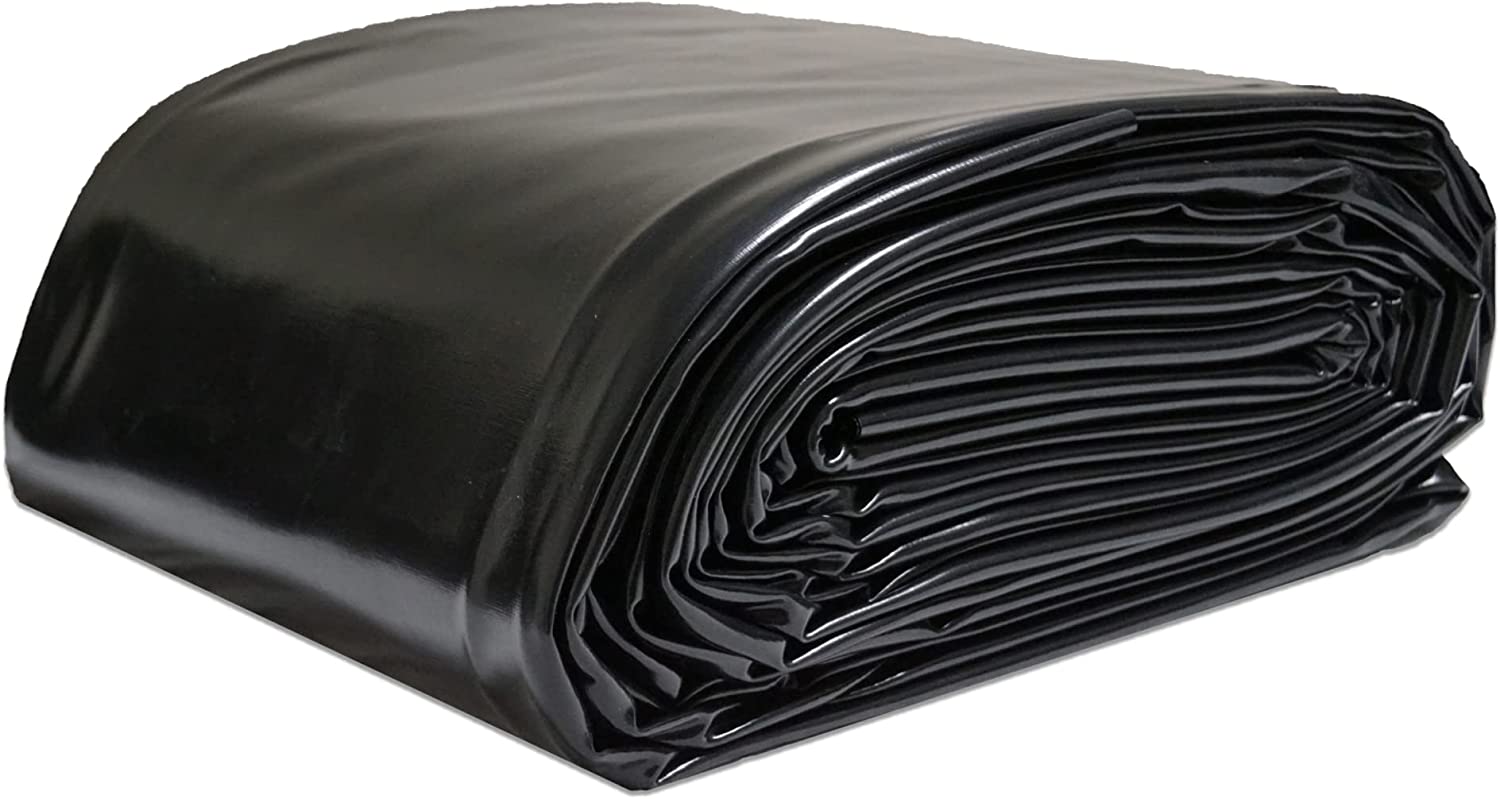
HDPE pond liners cut from a roll and welded to tailor it to the water pan dimensions
Where to buy dam liners in Kenya
Positioning Your Water Reservoir For Irrigation
This depends on:
i. The source of water going into the water pan. If the source is from a lower altitude water source such as a river or lake, the water pan is at an elevated position so that with a water pump, the water is reticulated through irrigation water pipes to the water pan. If the water source is from rain water falling on the roofs or run-off, the water pun is positioned at a lower gradient
ii. Preferred irrigation method. If by sprinkler irrigation or rain hose kits which require high pressure from a water pump, the water pan will be situated at any point. If by low gravity pressure say for drip or button drip irrigation, then it will be at the highest point of the farm

Water harvesting using dam liners
Where to buy dam-liners in Kenya
How to Harvest Water Using Dam Liners
Factors to consider
1. Land size
The amount of water required for half an acre is less than that needed for 20 acres. The latter will harvest more water to irrigate the greater acreage, and the former will have less water harvested. The bigger the volume of water reserved, the larger the dam liner size
2. Location
The amount of rain fall is different in every climatic zone. Growers in the cool wet highlands have just a few dry months in the year, while farmers in the dry zones have more dry months than wet. In regions where the interval between rains is long, larger reservoirs are built for the same acreage as that in the cool wet location. Again, dry locations have very high water loss through evaporation. In this case, it is advised to set up a shade net over the water reservoir to manage this water loss
3. Ground Elevation
The farm gradient determines the location of the water pan. Some choose to have it at the lowest part so as to capture run-off water. If it is for crop irrigation, this water is either pumped uphill to a tank from where it flows back by gravity to the crop. Or it is pumped directly to the crop from the water reservoir. Others choose to locate the water pan on the highest point of the farm so that the water, through gravity flows out to the crop. In this case, the farmer does not retain run-off rain water from the farm. On a flat terrain, irrigation water is physically pumped out to either a high storage tank for onward gravity flow to the crop. Or directly to the crop

A low reservoir that collects run-off rain water
4. Farming System
The size of the water pan will differ for irrigation, compared with aquaculture or livestock production
5. Crop Type
Some crops are more water demanding such as leafy vegetables, than others such as herbs. Then some crops like onion are densely spaced while others are like avocado are sparsely populated in the farm. This will determine the water requirement
6. Irrigation System
Every irrigation system has it’s own unique water use. Drip irrigation conserves water while overhead irrigation through sprinklers or rain hose kits spends huge water volumes
7. Surface Texture
The surface texture of the water pan determines the dam liner thickness to install. For a smooth surface, a 0.5mm dam liner is ok. Where the surface is stony or rocky, then the 0.75mm or 1mm dam line is better
Before harvesting your water using dam liners, ensure that the water pan’s surface is free of debris as much as is possible. This will be stones, rocks, tree stomps, or sticks. This reduces the danger of your dam liner tearing as a result of perforation caused by the weight of the water squeezing the material against these particles
Trench 0.75M to 1M along the perimeter or circumference of the water pan. This trench is 1ft wide and 2 ft deep. Your dam liner edges will be tucked in here and covered with soil, gravel or stones to anchor it in place. Alternatively, use sand bags along the edges to hold your dam liner in place
Where to buy dam liners in Kenya
How Are Dam Liner Sizes Calculated?
Before determining the dam liner size, one must understand the size of the reservoir or tank. This is by measuring the length, width, and depth/ height (for rectangular or square shaped reservoirs/ tanks). For circular or cylindrical tanks/ reservoirs, measure the diameter, and the depth/ height. The reason this is key is because our dam liner material comes in rolls. To make out the shape of the water pan or tank, the dam liner is cut in large bits from the roll and joined together. This is to create the 2 dimension size of the water reservoir or tank. For example; if the width of the dam liner on the roll is 8M, and the water pan requires a width of 15M. Then 2 pieces, one measuring 8M and another 7M in width from the roll are cut and joined to create the 15M width
How Do I Calculate How Much Dam Liner I Need?
The dam liner calculator is adapted to the shape of the irrigation water reservoir as illustated in the 3 different shapes below
- Sloped sides reservoir

The slope of the dam wall is shown as slanting length (SL) or slanting width (SW) in the dam liner calculator tabulation shown later in this page
2. Cylindrical circular tanks
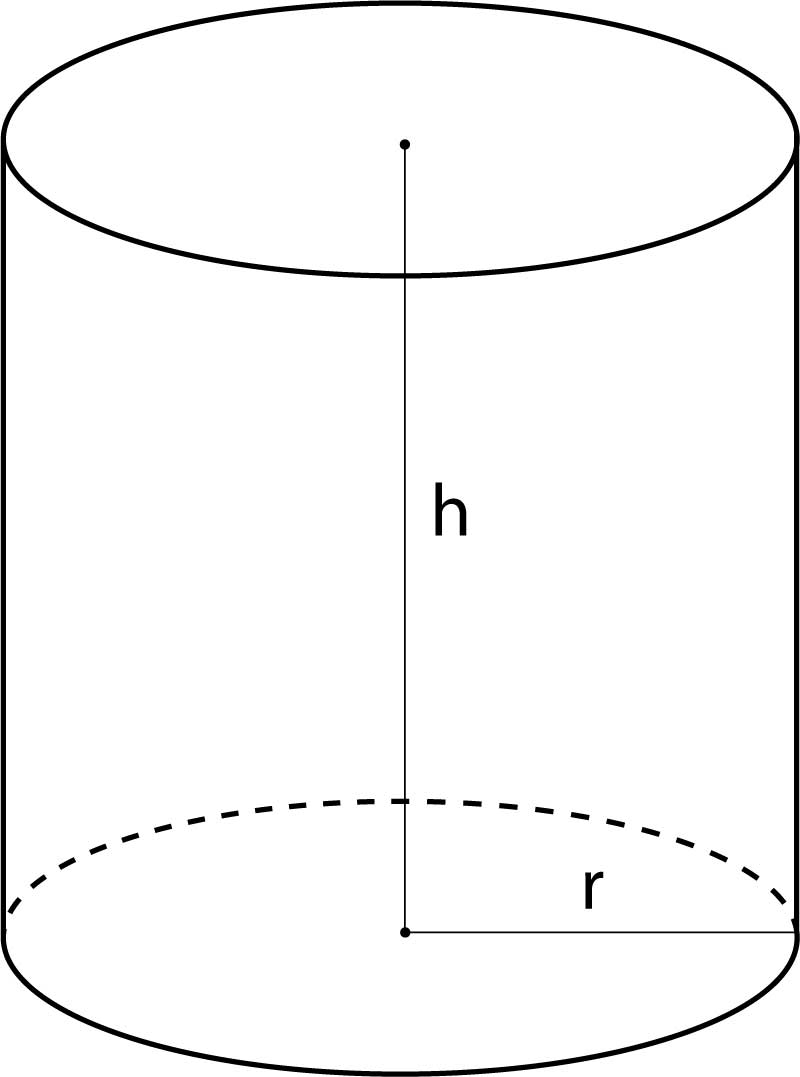
3. Straight side reservoirs
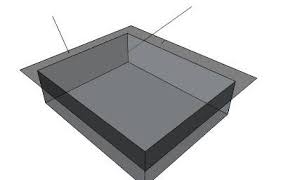
Where to buy dam liners in Kenya
Pond Liner Calculator Table
| Circular Liner | Sloped Sides Liner | Straight Side Liner |
| (Circumference*H+0.6M) + (3.14*3.14*r+0.6M) | (SL*2+D+2M)*(SW*2+D+2M) | (L+2D+2M) * (W+2D+2M) |
If your totals include a decimal say 120.3sq, round it up to the nearest whole number, in this case 121M sq. The +0.6M in the ‘circular liner’ and is the overlap. So is the 2M in the straight side liner’
“D” is the maximum depth which is the center-most point of the reservoir
Where to buy dam liners in Kenya
How much overhang should a pond liner have?
An overhang is the extra liner material that holds the main liner in the reservoir or tank. This excess material is held against the external wall of the tank, or tucked in a trench all around the reservoir to support the dam liner in place. It is covered with soil or stones in the trench. Another alternative to trenching is to lay sand bags on it. The weight of the sand bags holds the dam liner in place
After excavation, it is necessary to compress the mould of soil roundabout the water pan before making a trench
See below
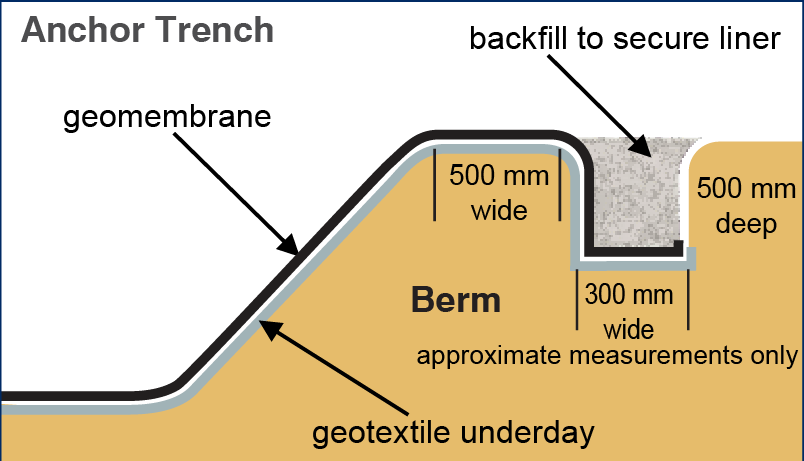
Where to buy dam liners in Kenya
How To Weld Dam Liners
- Factory welding. Depending on the dam liner size, weld it whole or partially in the factory. The weight and volume of the welded material must be easily portable on site. The latter factor guides on how much of the dam liner material will be put together in the factory
- Site or field welding. This is done on site at the point of dam liner installation. It is the joining together of the partially welded dam liner pieces from the factory. Site welding is done when the entire dam liner could not be wholly put together in the factory. This is as a result of weight or bulkiness, which limits lifting and transportation of the bulky and heavy material. The weight size of the portable material depends on the thickness of the dam liner. The thicker it is, the less it is
- A wedge welding machine or a heat gun/ heat blower is the equipment that does dam liner welding. A wedge machine is what does it in the factory. The heat gun is highly portable, and so is best for field joinery
Dam liner welding involves melting the liner material under high temperature at the point of joining them. Once melted, the 2 layers are laid one over the other and as they harden, become one unit
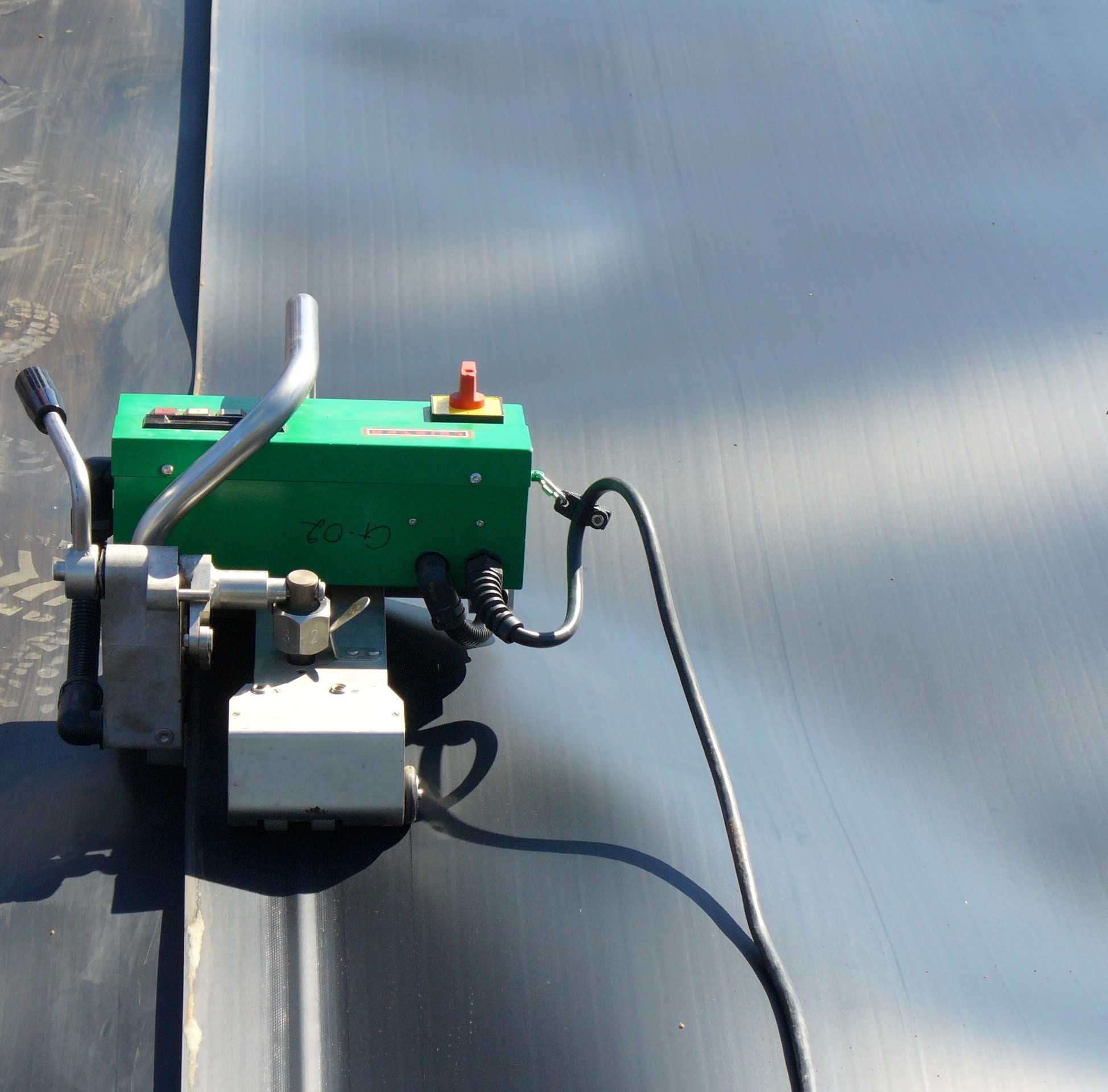
Factory wedge welding of a 1mm thick dam liner
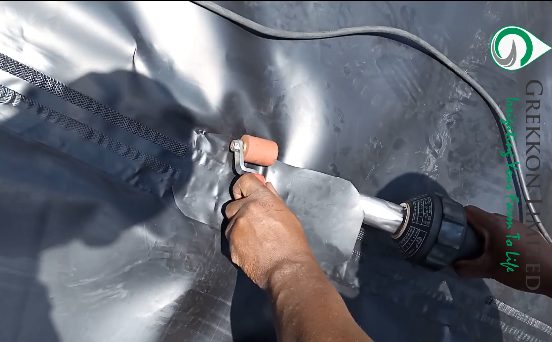
Joining 2 dam liner pieces with a heat gun
Both equipment run on electric power. In off grid electricity locations, Grekkon Limited provides a generator to power the heat gun or wedge welding machine
Where to buy dam liners in Kenya
A Step by step procedure on how to install dam liners
To learn how to install dam liners in your water pan or tank, consider the following factors
- Determine if;
1.1. It is a water reservoir
or
1.2 A water tank
Each storage unit has a different way of calculating the dam liner
2. Define the shape of the water pan or tank;
2.1. Is it circular/ oval or square/ rectangular?
2.2 Are the rectangular/ square sides steep or slanted?
The dam liner calculation formulae is different for each shape as illustrated later in this article
The second stage in how to install dam liners is to work out the dam liner size

A Grekkon Limited technician installing a dam liner in a water reservoir
Related Posts
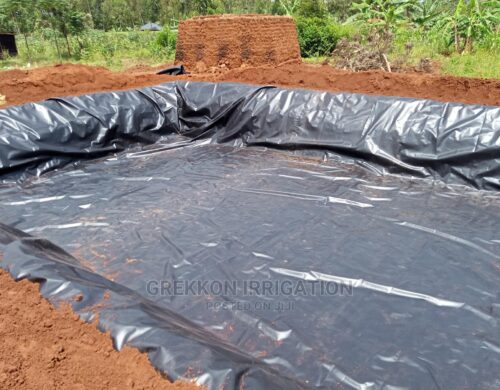
Pond Liner Calculator
In this pond liner calculator article, we answer the following frequently asked questions 1. How is a dam liner calculated? The...

Dam Liner Company In Kenya
Grekkon Limited is the foremost dam liner company in Kenya. From material selection, to welding and installation, our professional teams...
